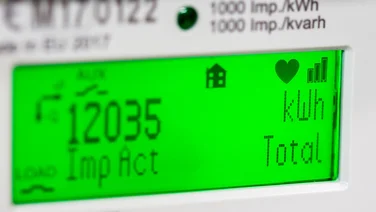- Nanjing University claims it has invented technology that can generate energy from windows
- The CUSC technology has the potential to cut one billion carbon emissions a year
- The technology represents a “practical step” towards energy efficiency

Researchers at Nanjing University in China claim to have invented a coating that can be use ordinary windows to generate solar energy, an innovation they claim could provide a huge boost to the global effort to cut energy costs and carbon emissions.
In their paper titled ‘Colourless and unidirectional diffractive-type solar concentrators compatible with existing windows’, the scientists claim film on windows could cut global emissions by a billion tonnes if done at scale.
It is the latest in a number of innovations from universities and research teams looking for ways to generate more electricity from the Sun. In April the University of Southern Denmark created solar cells that could potentially turn office buildings into hubs for solar energy generation.
Previous designs were badly affected by low efficiency and “poor compatibility with existing architectural glass” among much else, according to the University. However, the new breakthrough could see residential and office buildings turned into clean energy power stations.
How does it work?
- It is based on a technology known as a diffractive-type solar concentrator (CUSC), which harvests sunlight that shines on the window and turns it into electricity.
- The team placed cholesteric liquid crystal (CLC) layers onto architectural glass.
- The layers of CLC allow for ‘unidirectional waveguiding’ inside the glass, which efficiently captures solar energy.
- During testing, a 1-inch-diameter prototype with the coating was able to power a 10-mW fan.
- Once the technology is produced at scale, the researchers said it could create a “global terawatt-scale green energy supply” and cut annual carbon emissions by a billion tonnes.
Optical engineer Wei Hu, who worked on the project, was quoted describing the CUSC design as a “step forward in integrating solar technology into the built environment without sacrificing aesthetics”.
He said the new technology “represents a practical and scalable strategy for carbon reduction and energy self-sufficiency.”
For more information on the best solar technology, take a look at our dedicated page.






